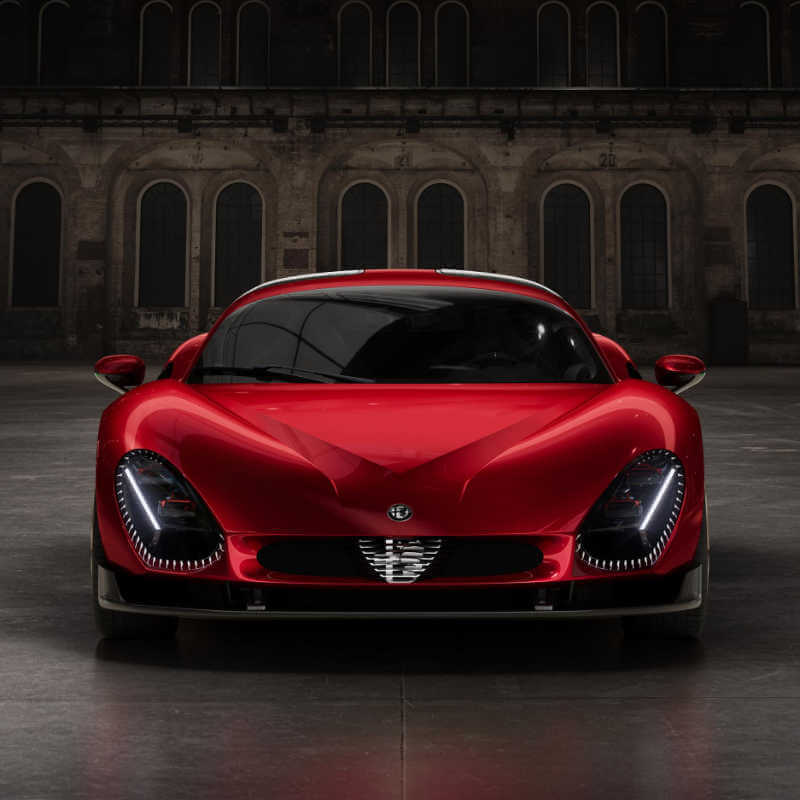Ford Mustang Power Outputs
- Ford reveals for the first time the power outputs for the all-new Ford Mustang
- All-new 2015 Ford Mustang will offer 228kW equipped with the 2.3-litre EcoBoost engine, 320kW with the 5.0-litre V8 engine.
- All-new Mustang will go on sale in South Africa in 2015, with fully independent front and rear suspension, platform optimised for ride and handling
PRETORIA, South Africa 24 July 2014 – Ford Motor Company revealed power outputs and performance details for the all-new Ford Mustang at its Go Further event in Sandton last week.
The all-new Ford Mustang equipped with the new 2.3-litre EcoBoost engine will offer 228kW and 440Nm of torque, while the Mustang equipped with a muscular 5.0-litre V8 engine will generate 320kW with 536Nm of torque.
Both engine options will be made available to customers in South Africa when the all-new Mustang goes on sale late next year. Ford also announced at Go Further that order books for the new Mustang officially open in January 2015.
In addition to the two engine offerings the all-new Mustang will also offer fully independent front and rear suspension, and an advanced lightweight body structure with extensive high-strength steel and aluminium components for excellent ride and handling.
Ford South Africa will announce at a later date final specification and details for all-new Mustang models for South Africa.
A global motoring icon with nine million sold since first launched in 1964, Mustang is the world’s most-liked vehicle on Facebook with more than 7 million fans and has made more than 3,200 appearances in film and on TV.
Advanced engine technology
The new 2.3-litre EcoBoost engine was designed specifically for the all-new Mustang, to meet the needs of drivers looking for outstanding performance and fuel efficiency.
“This EcoBoost engine delivers the healthy output Mustang drivers expect, regardless of the car’s speed,” said Scott Makowski, EcoBoost powertrain engineering manager. “It delivers where a Mustang driver expects it to – with a broad, flat torque curve and great drivability under any conditions.”
The newest member of Ford’s global EcoBoost engine family, the 2.3-litre continues to take advantage of state-of-the-art technologies including direct fuel injection, twin independent variable camshaft timing and turbocharging.
With a compact engine generating nearly 100kW per litre and more than 188Nm of torque per litre ensuring engine durability was critical. The Mustang EcoBoost engine will withstand the added stresses with:
- Forged-steel crankshaft
- Piston-cooling jets
- Steel piston ring carriers
- Premium bearing materials
- Upgraded valve seat materials
- Forged-steel connecting rods
- High-pressure die-cast aluminium cylinder block with ladder-frame bearing caps
- Deep-sump, die-cast aluminium oil pan
The 5.0-litre V8 delivers a host of features that help it breathe, especially at higher engine speeds. Getting air into the cylinders and exhaust out is key to generating more power and torque from any engine, and that has been the focus in the development of this V8, which features:
- Larger intake valves
- Larger exhaust valves
- Revised intake camshafts
- Revised exhaust camshafts
- Stiffer valve springs ensure valves close completely at high rpm
- New cylinder head casting – revised ports provide straighter path to the valves for less restrictive intake and exhaust flow; combustion chamber modifications accommodate larger valves
- Sinter forged connecting rods are lighter and more durable for high-rpm operation
- Redesigned piston tops – deeper cut-outs clear the new larger valves
- Rebalanced forged crankshaft to support higher-rpm operation
Independent suspension and lightweight body for sharper reflexes
With fully independent suspension systems front and rear, and Ford’s integral link rear suspension technology, the all-new Ford Mustang will be the nimble and comfortable, achieving world-class performance in both dynamics and ride quality. Lightweight aluminium is used for the bonnet and front wings to help reduce body mass and improve the weight balance.
Some of the other components made of aluminium include the rear suspension knuckles, rear axle housing on automatic transmission cars, rear control arms, and rear brake callipers. Even parts made of steel and other materials such as the hollow rear stabiliser and the new seats have been intelligently designed to meet the performance standards while keeping weight down.
Every new Mustang features an all-new integral-link independent rear suspension. The suspension architecture is based on a lower control arm, integral link, upper camber link and a toe link. The geometry, springs, dampers and bushings have all been specifically modified and tuned to deliver improved mechanical grip for this high-performance application.
The suspension geometry of Mustang now keeps the body level under hard acceleration and braking. Aluminium alloy rear knuckles help reduce unsprung mass for better ride and handling.
At the front, a non-isolated perimeter subframe helps stiffen the structure while reducing mass, contributing to a better foundation for more predictable wheel control that benefits handling, steering, and ride quality.
The double-ball-joint front MacPherson strut system enables the use of large, powerful brakes without resorting to excessive wheel offsets that would hurt steering feel. Like the rear, the front end contributes to improved pitch stability with anti-dive in the geometry to prevent the nose from squatting under braking.







